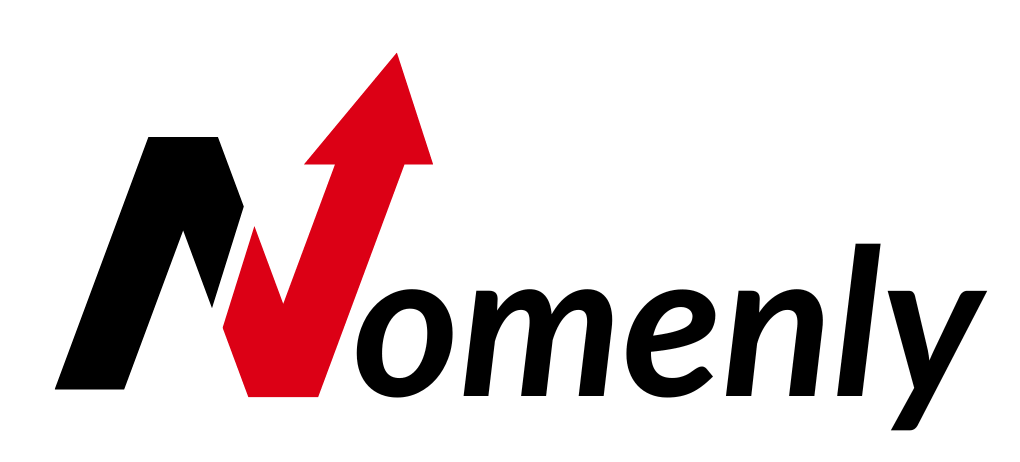Data-driven pest management harnesses the power of technology and analytics to improve pest control strategies. This approach allows you to make informed decisions based on data collected from various sources, optimizing your efforts to target and eliminate pests effectively. By integrating sensors, software, and predictive models, you can minimize chemical usage and enhance the efficiency of pest management.
With data collection and analytics advancements, you gain deeper insights into pest behavior and environmental conditions. You can anticipate pest problems before they escalate, tailoring your response to specific threats. By utilizing data-driven techniques, your pest management becomes proactive and sustainable, protecting your property while reducing the environmental impact.
Embracing data-driven pest management saves you time and resources and leads to better long-term results. Focusing on prevention and efficient response strategies ensures that your pest control efforts are effective and responsible. As you explore this innovative approach, you will discover practical ways to enhance your pest management practices and achieve optimal outcomes.
Foundations of Data-Driven Pest Management
Data-driven pest management hinges on the strategic use of data for effective pest control and prevention. Utilizing technology and analytics can enhance pest prevention strategies while minimizing environmental impact.
Core Principles of Data-Driven Approaches
Data-driven pest management relies on several core principles. First, data collection is critical; you should gather information from various sources, including environmental sensors, pest population monitoring, and historical data.
Next, analytics play a vital role. Through data analysis, you can identify patterns and predict pest outbreaks, enabling you to take preemptive measures.
Finally, this data informs decision-making. You can implement smart pest management techniques to deploy targeted interventions and ensure that resources are used efficiently.
Evolution of Pest Control Methods
Pest control has evolved significantly over the years. Traditional methods often relied on broad-spectrum chemicals. However, modern data-driven pest management has shifted toward integrated pest management (IPM), which combines multiple strategies for better results.
With the advent of technology, remote sensing and geographic information systems (GIS) can now be used to monitor pest activity. This allows for timely and localized responses.
Moreover, pest prevention strategies are increasingly tailored to specific conditions. Utilizing environmental data ensures that interventions are appropriate, promotes sustainability, and reduces chemical usage.
Implementation of Big Data in Pest Control
The integration of big data technologies in pest management provides a strategic approach to enhancing effectiveness and efficiency. Advanced analytics allow for informed decision-making based on comprehensive data collection and analysis.
Big Data Technologies in Pest Management
Big data technologies enable real-time data collection and analysis in pest management. Tools such as remote sensing, IoT devices, and machine learning models facilitate monitoring pest populations and environmental conditions.
- Remote Sensing: Captures data from satellites or drones to assess vegetation health and pest infestations.
- IoT Devices: Sensors placed in fields can continuously monitor pest activity, soil moisture, and climate conditions.
- Machine Learning: Analyzes large datasets to predict pest outbreaks based on historical trends and environmental triggers.
Such technologies improve the accuracy of pest detection and streamline pest control operations by optimizing pesticide application.
Case Study: North Richland Hills
In North Richland Hills, Texas, pest control analytics illustrates the practical application of big data. The city implemented a data-driven pest management program focusing on mosquito control.
The city identified hotspots for mosquito breeding using historical data and real-time surveillance. They employed GIS mapping to visualize areas with high mosquito populations.
- Data-Driven Decisions: Staff deployed targeted treatments based on collected data, significantly reducing mosquito populations.
- Community Engagement: Residents received timely alerts about pest control measures, improving cooperation and compliance.
This case exemplifies how pest control analytics can lead to more effective management strategies, demonstrating a model that other regions may consider adopting.
Predictive Analytics in Pest Management
Predictive analytics enhance pest management by identifying potential infestation risks and aiding early detection. By utilizing data and sophisticated methodologies, you can focus on effective strategies for preventing pest outbreaks, particularly in areas like North Richland Hills.
Predicting Possible Infestation Sites
Predictive modeling assesses climate, humidity, and previous infestation data to pinpoint potential pest hotspots. Analyzing historical data identifies patterns indicating where infestations are likely to occur.
You can employ tools like Geographic Information Systems (GIS) to visualize these risks. For instance, you can focus on those criteria if prior data shows higher pest activity during specific weather conditions. This solid information allows your proactive measures to be tailored effectively, ensuring resources are used where they’re most needed.
Benefits of Early Infestation Detection
Early detection of infestations provides significant advantages. By recognizing warning signs early, you can intervene before a minor issue escalates into a serious problem.
Early detection minimizes property damage and can reduce the need for extensive treatments. Implementing regular monitoring systems can enhance your pest management approach. You can use traps or sensors to gain insights into pest activity.
In North Richland Hills, this proactive stance allows you to mitigate risks efficiently. Consider researching options on Pest Control North Richland Hills, an online directory where you can find reputable humane wildlife removal companies to assist you. Discover what services they offer, like free inspections, to resolve your pest concerns effectively.
Integrating data-driven strategies in pest management not only enhances agricultural efficiency but also provides tailored solutions for specific regions. For instance, in areas like Flint, Michigan, leveraging advanced analytics can significantly improve outcomes. By utilizing local data, pest control flint can be optimized to address unique environmental challenges, ensuring that interventions are both effective and sustainable. This approach not only reduces the reliance on chemical pesticides but also promotes healthier ecosystems. As more regions adopt these innovative practices, the agricultural sector can expect increased productivity and reduced environmental impact, paving the way for a more sustainable future.



